The title of this article of ours could be: Leonardo da Vinci, the most curious man in history. Because?
Because Leonardo represents the possibility that becomes the ability to revolutionize an era – marking the future of those that will come – thanks to the incredible union of creative and logical power, pragmatism and utopia.
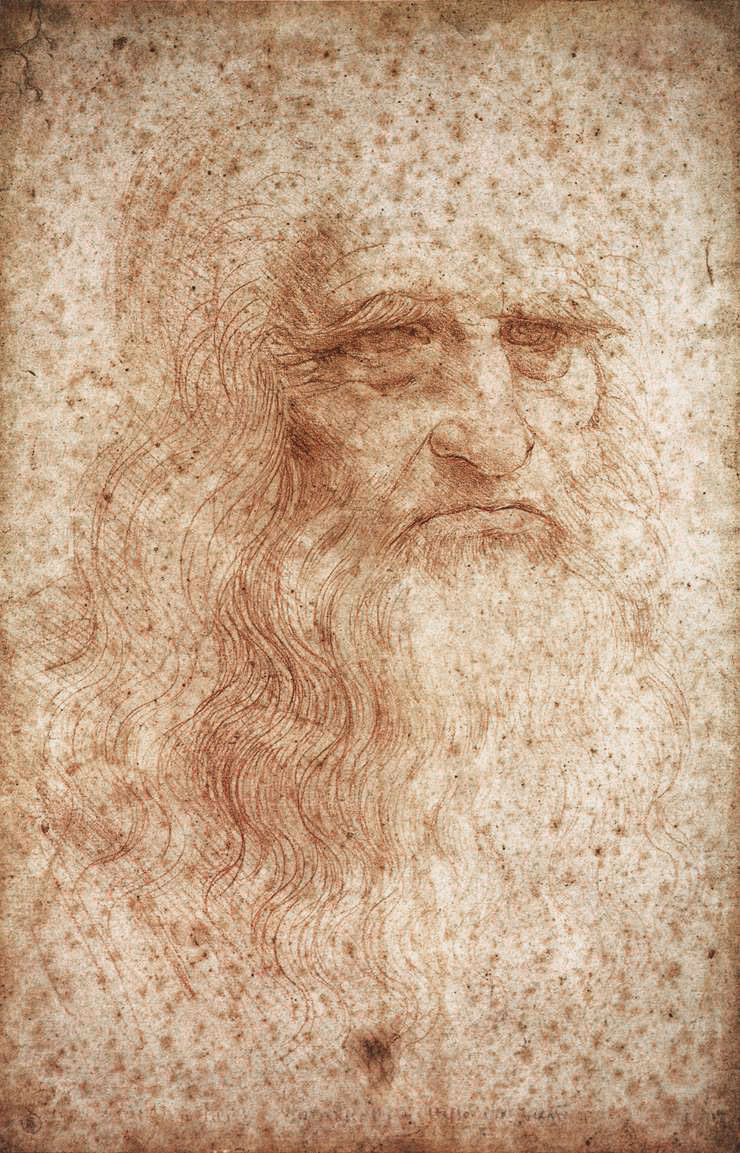
He has been able to see beauty in both art and engineering by combining them together: his genius was born from skills that we ourselves possess, but that over time we set aside; his curiosity started with questions that in fact we stop asking ourselves to grow up.
For example: how do clouds form? How do we smile? Why is the sky blue? These and many others were the issues on which Leonardo never stopped reflecting.
Do you know his story?
10 curiosities about Leonardo da Vinci,about the man who was a painter, sculptor, physicist and engineer. And not only that.
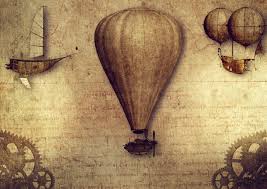
- This Tuscan genius was born in Vinci, in the province of Florence, in 1452: we can call it a really good year for the birth of a child with such abilities. Johannes Gutenberg invented the press at that time and only a year separates his birth from that of Christopher Columbus and Amerigo Vespucci (another two characters not quite minor).
- We all know that Leonardo has created some of the most beautiful works of art in the world. Maybe though you do not know that in his day he was also considered exceptionally beautiful.
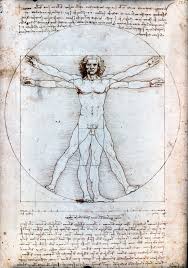
One contemporary described him as a "pretty, good-looking man" who "wore a pink tunic" and had "beautiful, carefully designed curled hair that came down to the center of his chest." Don't you believe it? Just take a look at his Vitruvian Man: the naked boy portrayed, with flowing curls and a well-proportioned body is his self-portrait.
- The paintings generally attributed to Leonardo are 30 while his notebooks contain over 7000 pages and their different content ranges between drawings and notes on topics he wanted to investigate: scientific diagrams, technicians and even shopping lists. When Leonardo wrote them, they were just bulk pieces of paper of different sizes: it was his friends who turned them into "quads" after his death.
- Among the curiosities about Leonardo da Vinci, we cannot fail to count the fact that it was the result of an illegitimate relationship.
For this reason, he received a rather basic formal education that consisted mainly of commercial arithmetic and did not attend university: his lack of education frees him from certain constraints. He found himself in a position to question authority, relying more on his own experience than the opinions handed down from the books.
- A born procrastinator.
Although Leonardo's mind was immensely fertile, it often takes months or years to start working on certain commissions, sometimes keeping clients at bay by blanding them with long speeches about his creative process.
An example? The gigantic equestrian statue for the Duke of Milan, which required 70 tons of bronze to be made, would be his greatest work... if only it had ever been completed!
- Like all the older ones, Leonardo has a bitter rival; his life overlapped with that of another giant: Michelangelo.
The contrast between the two, not only in art, could not have been more stark: Leonardo was elegant and showed little interest in religious issues, while Michelangelo was profoundly pious but neglected his appearance and, many say, also personal hygiene.
- In 1508, in a Florentine hospital, he had a conversation with a 100-year-old man who would die a few hours later: Leonardo dissected his body.
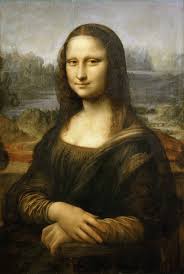
His rudimentary tools allow him to discover, layer by layer, first the surface muscles of the elderly man then, removed the skin, the veins. Of all the muscles and related nerves, the ones that control the face seem the most interesting to him: he makes sure at that moment that it is the muscles of the cheeks that move the lips.
They were the first known examples of scientific anatomy of human smile: at the time, Leonardo was working on the Mona Lisa.
- When King Francis I of France conquered Milan in 1516,Leonardo became "premier peintre, architecte, et mecanicien du roi", spending the last years of his life near the royal residence (he brought with him numerous manuscripts and paintings, including the Mona Lisa).
When death came in 1519, it is said that Francis I, who admired him immensely, cradled his head to the end.
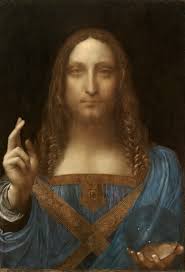
- In 2017, the work "Salvator Mundi" sold for almost 382 million euros, becoming the most expensive painting in the world. The work, depicting Christ as the Savior of the world, is of paramount importance because it is believed to be Da Vinci's last painting, although it took some time to establish it with certainty.
- Admired right away.
Unlike other characters who made history,just 50 years after his death, Vasari beautifully summed up his greatness: "In the normal course of events many men and women are born with extraordinary talents; but sometimes, in a way that transcends nature, one person is wonderfully endowed by heaven with beauty, grace, and talent in such abundance that it leaves other men far behind, all his actions seem inspired, and in fact everything he does clearly comes from God rather than human ability. "
Vegetarian, with decidedly dandy attitudes, illegitimate son, left-handed, a little heretical... but also very popular. Da Vinci had many friends with very different careers: mathematicians, architects, playwrights and poets. Perhaps this diversity has also helped shape it.
In a nutshell, this Tuscan genius was curious about everything and never stopped asking questions: this is Leonardo's hallmark, and this made him unique.




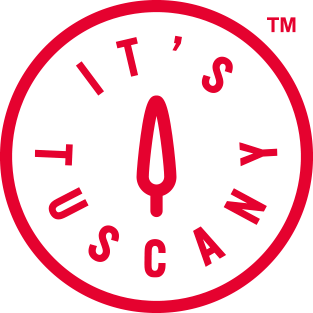





 Map
Map